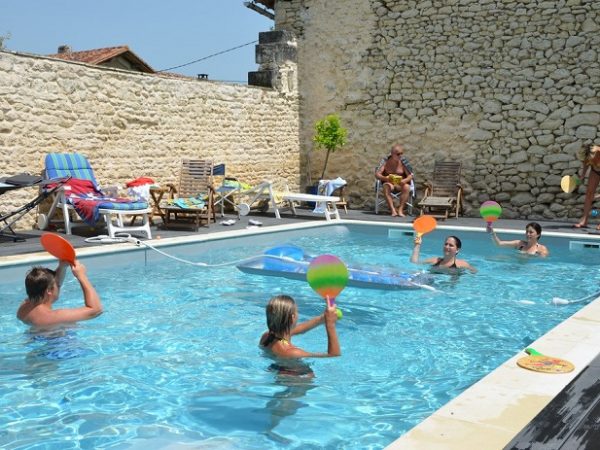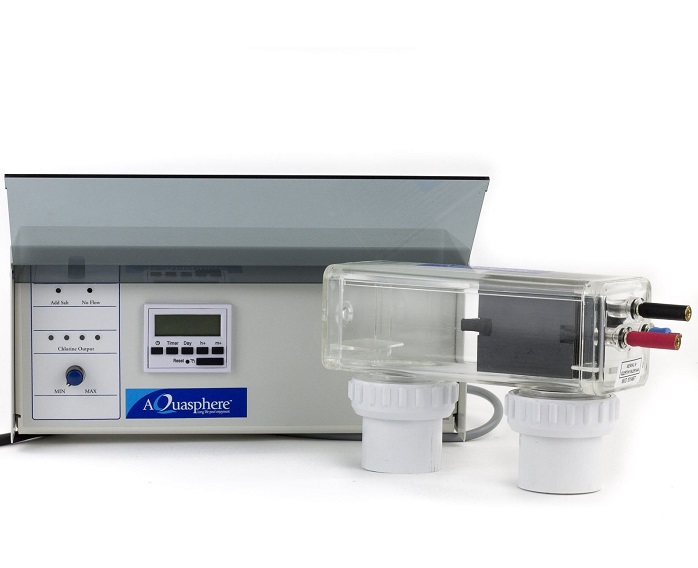08
Apr

Keeping your swimming pool safe from contamination typically involves using chlorine to deal with bacteria and other microorganisms. However, as great as chlorine may be for this purpose, it does have some drawbacks. For that reason, many homeowners are turning to an alternative solution – the swimming pool salt water chlorinator. A salt water chlorinator takes advantage of dissolved salt as a means of cleaning the pool. Although it still contains chlorine, the way in which the chlorine is created is an entirely different process.
A swimming pool salt water chlorinator makes HClO (hypochlorous acid) by using NaCl (sodium chloride) or table salt and electrolysis. The salt water goes through an electric current that creates Cl2 (chlorine gas), as well as h2 (hydrogen gas) and NaOH (sodium hydroxide). With the help of electrolysis, the dissolved salt is transformed into HClO and sodium hypochlorite, which are the two sanitizing agents used to clean water of bacteria and dirt.

Furthermore, it is relatively easy to maintain, and a well-maintained unit will last you for several years. A swimming pool salt water chlorinator consists of a cell and a control board. The cell is the part responsible for the conversion, and it features solid plats that are coated in iridium or ruthenium. The control board, on the other hand, as its name implies, is the control center of the unit and its main purpose is providing electricity for the cell to do its work. It gives you complete control of the electricity sent to the cell, thus allowing you to regulate the amount of chlorine released in the pool.
In order to make the most out of your saltwater chlorinator, all you need to do is follow these 5 easy maintenance tips:
If you follow this simple guide to maintain your saltwater chlorinator, you’re going to have a healthy pool for years to come. If you were contemplating whether a salt water chlorinator is a worthy investment, by now you should be convinced that it is. You can find a wide range of salt water chlorinators online and pick the one that fits your pool best.